A contribution of Soil Health Institute.
Living Soil, a 60-minute documentary, captures the history – and significance – of the soil health movement.
The documentary features diverse scenes of food production from the Dust Bowl to today. Urban and rural farmers from different areas of the United States talk about strategies they use to improve soil health and the impact on food stability, environmental sustainability, and human nutrition. The film also includes soil health researchers and other soil health experts commenting about new trends and developments with soil health.
For Living Soil Lesson Plans for High School and College Classes please visit Living Soil website and select Lesson Plans link.
The Film Summary
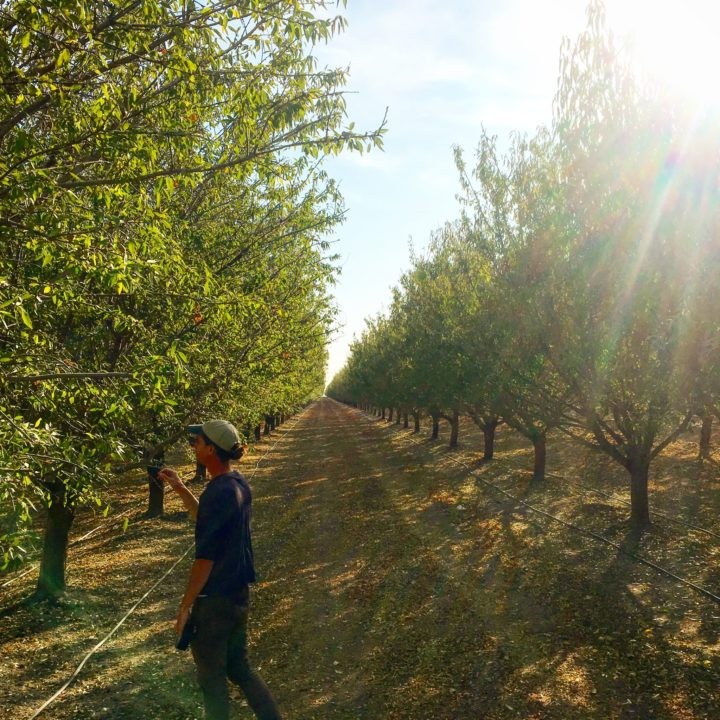
Living Soil tells the story of farmers, scientists, and policymakers working to incorporate agricultural practices to benefit soil health for years to come. Living Soil takes you on a journey from lush landscapes in Oregon, the sun-baked fields of California, the vast green acres of the Midwest, to the waterfront farming and fishing communities in and around the Chesapeake Bay. Each farmer shares a story as unique as the soil they manage with a shared theme that resonates throughout the film: Our soil is a special resource we should all cherish and strive to protect.
Decades of conventional farming practices have done well to feed the increasing population of the world but have depleted our soils of nutrients and organic matter. The agronomists in Living Soil explain soil management practices they believe will reverse our declining soil health as well as benefit the air, water, and our personal health in the process.
For the past several decades, conventional farming practices position a majority of the farmland throughout the United States as highly-tilled monocropping areas with exposed soil surfaces during part of the year. These exposed soils lose nutrients and carbon into the water and air.
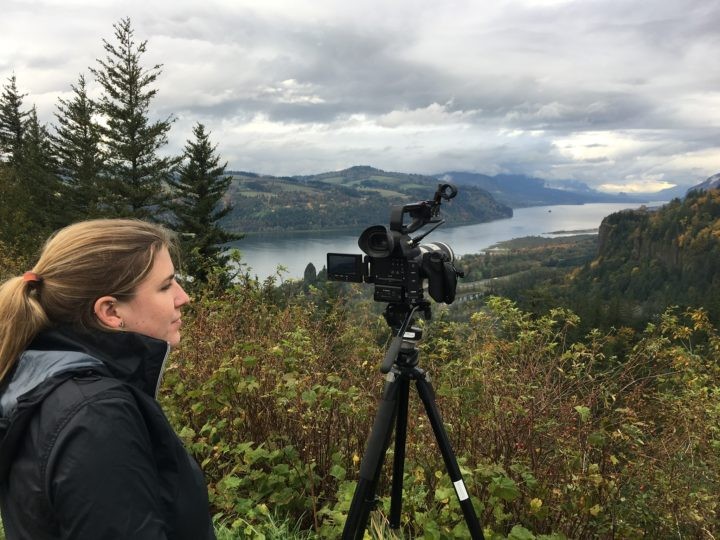
We travel to the Chesapeake Bay to hear farmers and environmentalists who have created a plan that includes incentives for farmers to begin covering crop practices throughout the state of Maryland. We travel around the bay to see how this strong public policy change has steered the actions of the agricultural industry and how those changes can create positive environmental and economic change. We hear from a self-described “waterman” living downstream who has seen an enormous impact cover cropping practices have had on the fishing industry in the bay.
Also featured are scenes from soil-focused conventions taking place throughout the year where a large network of policymakers, scientists, manufacturers, agriculture retailers, and other soil health practitioners meet to discuss the latest scientific findings and develop new strategies to quickly incorporate the most up-to-date research. Traveling to laboratories to speak with the scientists performing the cutting-edge research, we learn about how soil health science has developed over time and where we can expect further developments in the future.
Living Soil allows the audience to hear directly from agronomists working diligently to change the political and economic drivers shaping the way our society uses one of its most important resources. Special consideration is given to farmers that live and work the soil each and every day. Hopefully, the stories of these proactive farmers resonate as our growing population searches for ways to increase the productivity of our soils. After viewing this film, the audience should have a greater understanding and appreciation for the hard-won efforts of several farmers and a greater appreciation for the resource that nourishes us, our Living Soil.
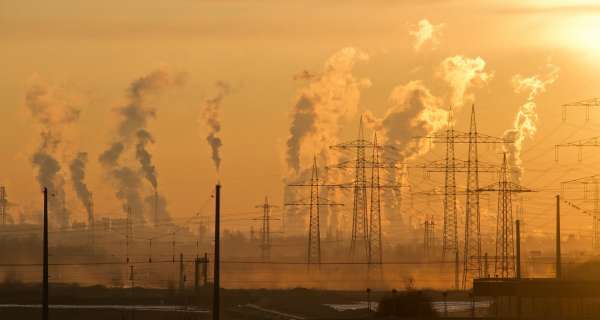


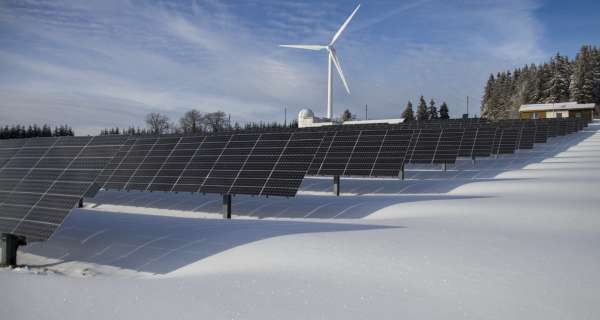




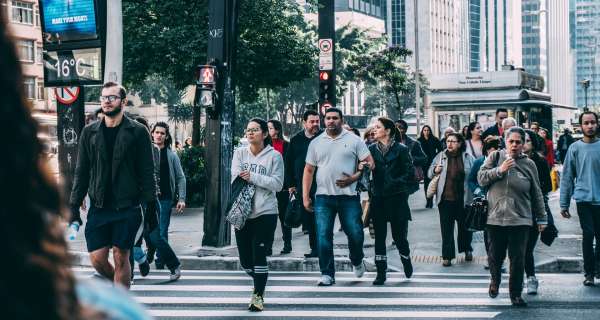
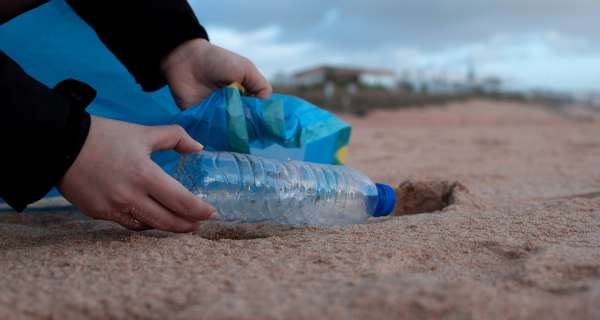




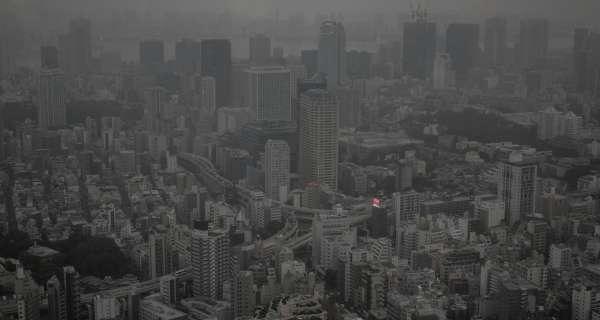
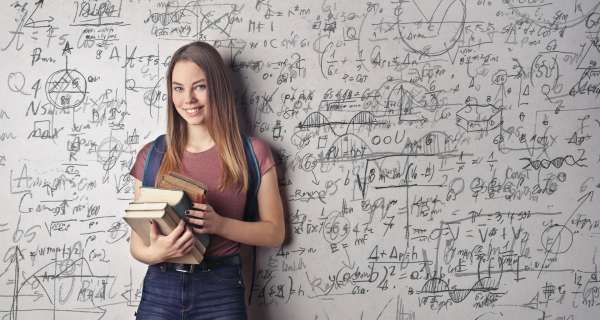

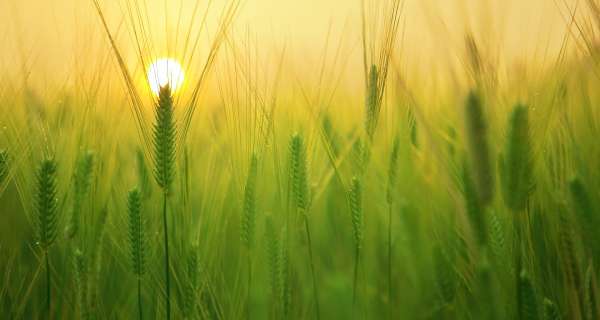
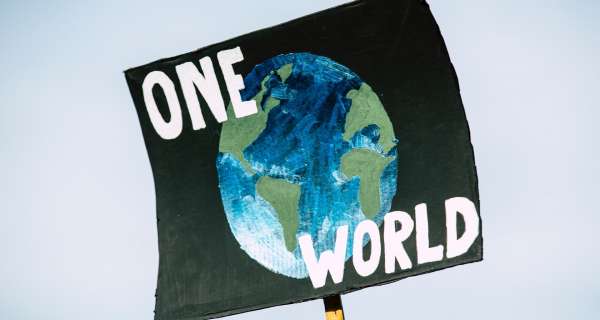
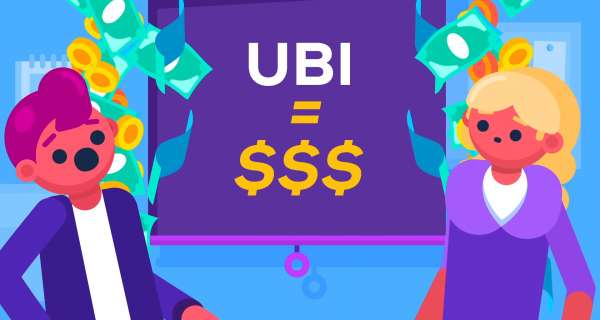




0 Comments